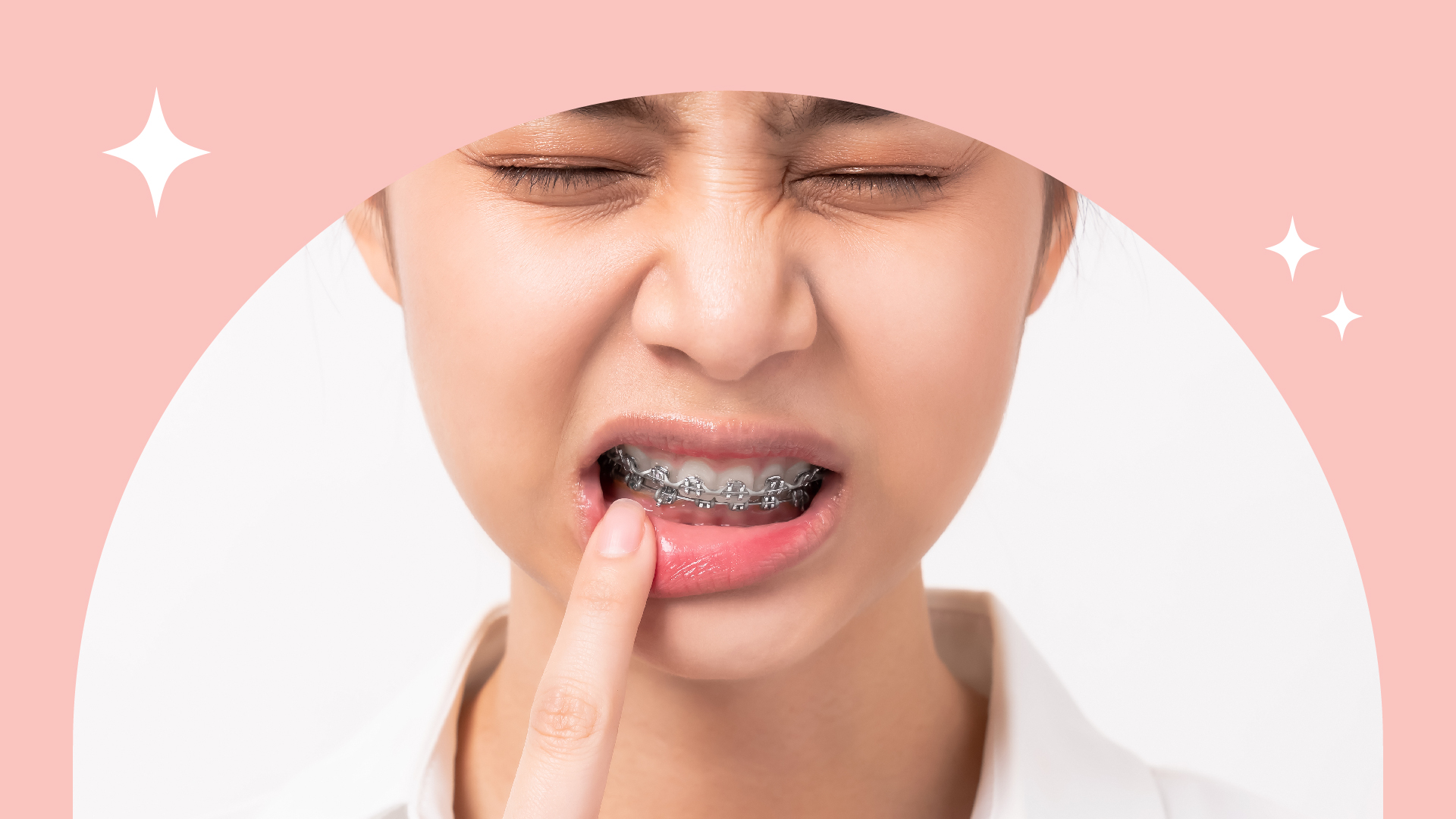One of the most frequently asked questions about braces is how painful they are, or if they’re painful at all. If you’re hesitant about getting straighter teeth because you think the pain is too much to bear, think again. We’re here to answer your questions on whether braces actually hurt, and how invisible braces can be the more comfortable option for you!
How much do braces hurt on a scale of 1 to 10?
Everyone has different levels of pain tolerance, so there may not be a conclusive answer. For the first few days after getting your braces fitted, you may experience some pain because your teeth are in the process of shifting into their new positions. However, one thing’s for sure. You’ll experience less discomfort after you get used to how braces feel on your teeth. No pain, no gain!
Why do braces hurt?
Initially, wearing braces may hurt because pressure is being applied to shift your teeth into their desired positions. If you’re wearing traditional braces, you may experience some discomfort after your dentist tightens your braces at every dental appointment. You may feel some pain right after you’ve switched to a new set of aligners, due to the pressure that invisible braces applies to your teeth. Don’t worry, the pain eventually goes away and you’ll find that they become more comfortable to wear.
Temporary anchorage devices (TADs)
For those who choose to wear metal braces, temporary anchorage devices (TADs) are small, screw-like implants inserted into the mouth temporarily during treatments to help move teeth quickly and effectively. The area where the TADs are inserted are typically numbed with an anaesthetic, although minimal pain may be felt 24 hours after it wears off. With TADs, you may feel a little pressure and some mild soreness around the area where they were inserted.
Tightening and readjustments
Part of traditional braces treatment involves visiting the dentist frequently to tighten your brackets or add new wires. Generally, it’s common for teeth to hurt during the first round of tightening. As the treatment continues, most braces wearers eventually get used to these procedures. After every adjustment, it’s normal to experience some discomfort when you eat. In the case of invisible braces, there’s a chance you’ll feel pain each time you switch to a new set of aligners. This is because they apply pressure to gradually move your teeth into their new positions.
Rubber bands
Rubber bands or elastics, help shift your teeth into their new positions during treatment. They are used especially when complex tooth movements are required or if bite adjustments are needed. It’s normal to feel some discomfort if you’re wearing elastics because they are designed to place additional pressure on your teeth and jaws to ensure they move into their correct positions. Initially, there may be some pain and discomfort, but rest assured, it won’t last long!
Do clear aligners or invisible braces hurt?

The short answer is that you may experience some pain initially, especially when you’re switching to a new set of aligners. Sometimes, they hurt because your aligners may be rubbing against your gums. However one thing’s for sure – they hurt less compared to traditional braces! With invisible braces, the insides of your mouth are spared from prickly metal, so you can avoid dealing with mouth ulcers which are often super painful and uncomfortable.
Your teeth may hurt for the first few days of your treatment, when you remove your aligners to eat. In the course of your treatment, you may experience discomfort after every aligner set switch. This is because your teeth are gently being pushed into their desired positions to form your dream smile.
When using invisible braces, you’ll also need to bite down on chewies to ensure your aligners fit snugly over your teeth. After you have the aligners fitted, or upon switching to a new set, you are likely to experience some pain while chewing. However, that too goes away after a few days.
When will braces and aligners stop hurting?
The answer to this depends on how quickly your mouth and teeth can adapt, as the pain eventually turns into minor discomfort many months into your treatment. However, you can be sure to say goodbye to the pain once your treatment is done. By then, you’ll be too busy flashing your brand new smile to all your friends and family!

Smile comfortably with Zenyum
Zenyum Invisible Braces can help you achieve your stunning smile with less discomfort




